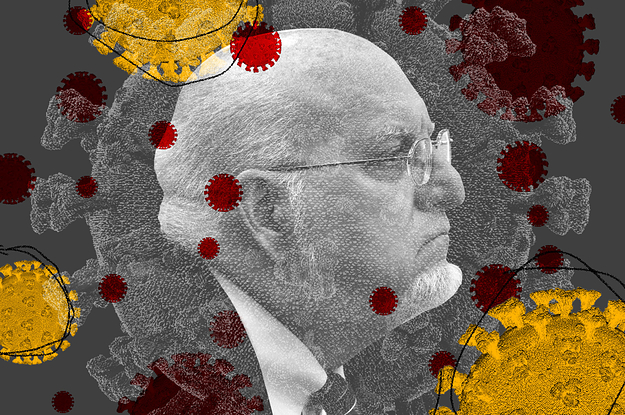Category: News
Category Added in a WPeMatico Campaign

America is months into the coronavirus pandemic, and yet Wednesday proved a grim one, with new daily cases reaching its second highest mark yet, with over 35,000 confirmed. About a fifth of those were in California. That state had recently begun opening up some of its businesses, including movie theaters, and over the last few days it’s seen a spike in new cases. Now comes word that Disneyland, which had once been confident about returning, won’t be making its planned July 17 re-opening after all.
This comes from The Hollywood Reporter, which revealed that the Anaheim theme park — Disney’s original, lovingly overseen by Walt Disney himself 65 summers ago — would not be receiving the state clearance it needs to reopen its doors. The same goes for Disney California Adventure Park in Anaheim, which had also planned to open back up.
“Given the time required for us to bring thousands of cast members back to work and restart our business, we have no choice but to delay the reopening of our theme parks and resort hotels until we receive approval from government officials,” the company announced in a statement. “Once we have a clearer understanding of when guidelines will be released, we expect to be able to communicate a reopening date.”
That said, there is one Disney space that will open as planned: Downtown Disney, the shopping and dining district that’s part of the Disneyland Resort, will still be open to the public on July 9.
Disneyland and Walt Disney World, in Orlando, Florida, have both been closed since mid-March. Like California, Florida has recently seen a spike in new coronavirus cases, which evidently hasn’t sufficiently frightened some of its population. There is currently no new date for Disneyland’s reopening.
(Via THR)
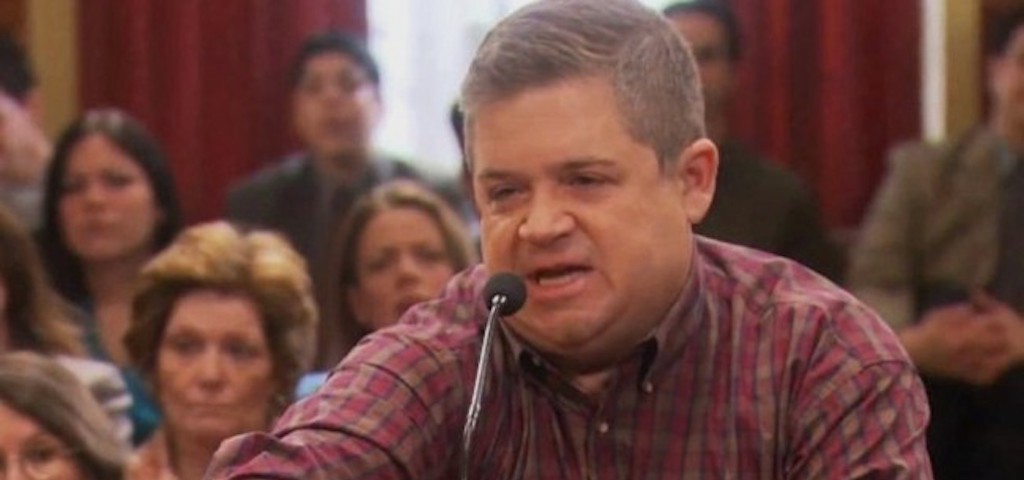
On Wednesday, over three months after much of the nation went into quarantine to slow the coronavirus pandemic, America somehow hit a new milestone, reaching its second highest single-day total yet, with 36,000 newly confirmed cases. On the same day a CNN clip went viral, showing denizens of Florida, source of one of the country’s largest new spikes, furiously — and surreally — railing against a new rule that makes masks mandatory. It looked like something out of a too-on-the-nose satirical comedy. Indeed, many on Twitter thought it in particular looked like it was right out of Parks and Recreation.
The beloved NBC show was set in Pawnee, Indiana, an idyllic small town with goofy but competent, even inspiring government officials — who, alas, lorded over a town of eccentrics who loved to voice their out-there gripes at raucous town hall meetings. Perhaps the most famous of these — and there were many — featured Patton Oswalt as a Pawnee-ian who filibusters by talking endlessly about Star Wars.
But truth is stranger than fiction. After a vote to make masks mandatory, residents of Palm Beach County attended a commissioner’s meeting, where they let their elected officials have a piece of their minds. Alas, their minds let them say, in public, with cameras rolling, things like masks are “literally killing people” (they aren’t), referred to “the devil’s laws,” even said “they want to throw God’s wonderful breathing system out the door.” One woman accused officials of having false credentials, “I would ask suggestively that you go back to school and get education.”
Clips of the video went viral, with many horrified about such misinformed views. A subset of these wondered if they’d wandered over from Pawnee.
turns out parks and rec was a reality show https://t.co/QpxfZMCAel
— lacey (@dddrop_the_lace) June 24, 2020
Others had similar thoughts.
A deleted scene from a Parks and Rec town hall. https://t.co/bavFlF6ahM
— Geoff Schwartz (@geoffschwartz) June 25, 2020
This literally looks like an episode of Parks and Rec. https://t.co/eUTHi4If5S
— Victor
(@victxrrrs) June 24, 2020
People aren’t exaggerating. This really does look like one of those wacky citizen town hall montages out of “Parks and Rec”. Absolutely wild. pic.twitter.com/Rual4Nd1zX
— Charlotte Clymer
(@cmclymer) June 24, 2020
If y’all need a reference as to why those anti mask people are being compared to the people of Paunee from parks and rec, here it is…
pic.twitter.com/6yoCSp0c6t
— … (@conytrevors) June 24, 2020
I dont remember this episode, what season of Parks and Rec is this from? https://t.co/aOTuQ1qv0K
— Josh ACAB (@LemonSnuff) June 24, 2020
Is this because the Pawnee citizens on parks and rec now look somewhat normal in comparison to U.S. citizens who won’t wear masks for the safety of themselves and others? embarrassing lol
— out of context parks & rec (@nocontextpawnee) June 24, 2020
Some channeled specific Parks and Rec episodes.
this scene from parks and rec is literally the americans who are fighting back against wearing masks because their “freedom to breathe” is being taken away pic.twitter.com/yb2uDpRa6L
— out of context parks & rec (@nocontextpawnee) June 24, 2020
this scene from parks and rec hit a little too close to home pic.twitter.com/BmuEG3UhoS
— Ann Uh Toll (@ussbrandywine) June 24, 2020
And, of course, some singled out Oswalt’s beloved bit.
I love you, @pattonoswalt, but you couldn’t have dreamed up this bit to filibuster on Parks and Rec in a million years. Reality is outpacing comedy. https://t.co/uO6gM0Cm7R
— Nothing (@nadanothingzip) June 24, 2020
Because apparently summer doesn’t have to involve chafed thighs, smelly shoes, and overheating all the time.
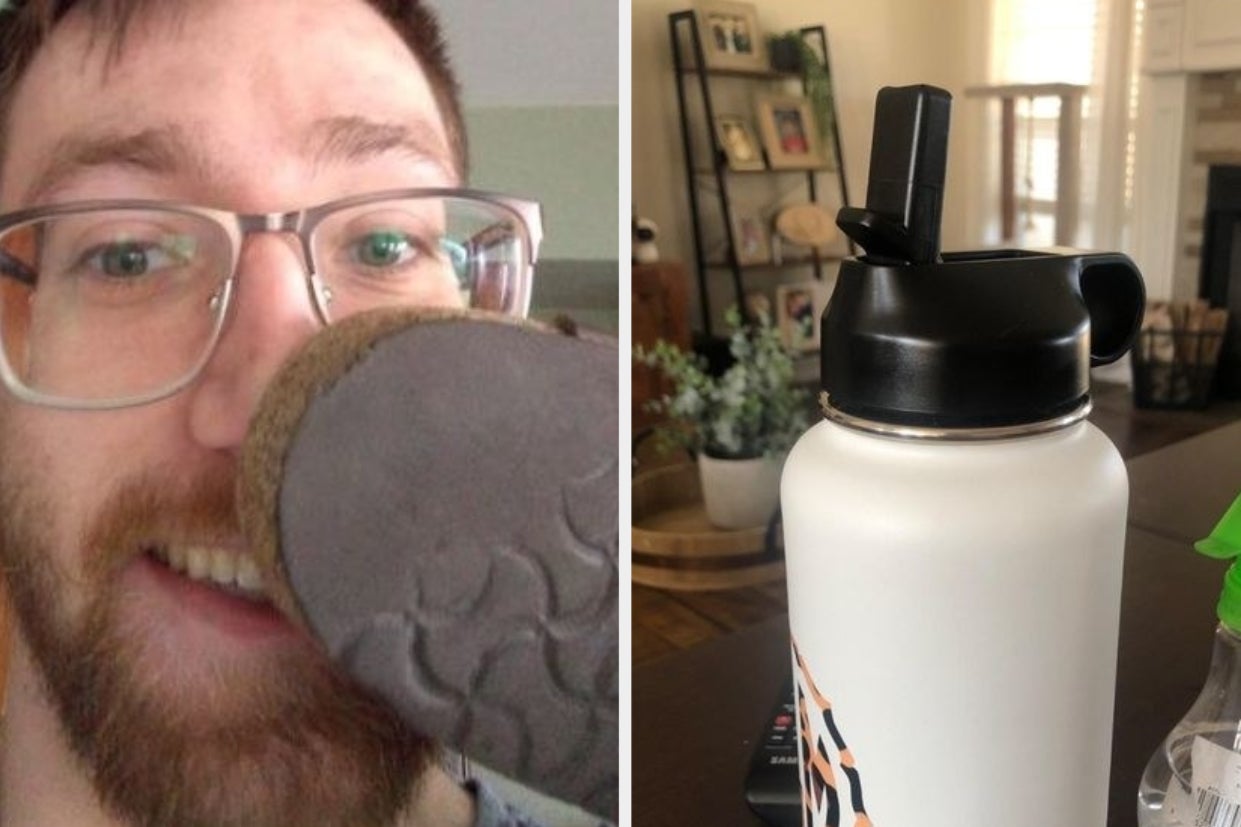
Drawing inspiration from the 2011 Occupy Wall Street movement, protesters are now vowing to eat, sleep, and protest outside City Hall in Manhattan until the NYPD is defunded.
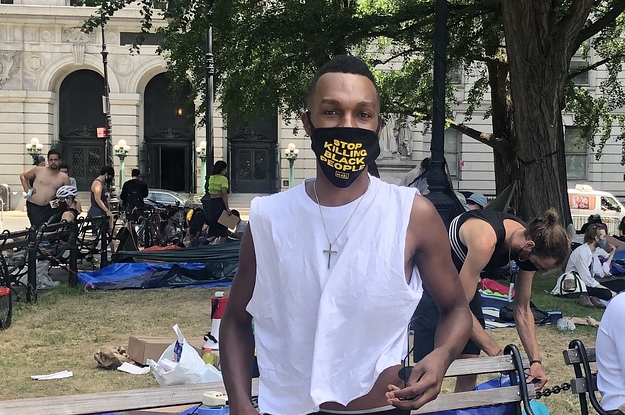

DC’s most screwed up set-of heroes came together in Doom Patrol‘s debut season to critical acclaim, despite being criminally under-watched on the (confusing) DC Universe streaming service. Now, the series is sliding onto HBO Max, which suggests a wider audience under normal conditions and seems optimal now, given that nerds are currently starved for new superhero content at the movies. All of that works in the show’s favor, which should resonate with its unconventional take on superpowered outcasts, and last year, not much felt off limits in terms of strangeness for this show. A giant, talking cockroach that doubles as a doomsday prophet? Sure. A living, breathing, and sentient street named Danny who identifies as genderqueer? Absolutely. And don’t forget about Karen, the most dangerous Crazy Jane sub-personality of all.
If you haven’t caught the first season yet, and you are intrigued, I will endorse that batch of episodes in the strongest-yet-sketchiest way I can imagine in this era of bloated streaming seasons and run times: Doom Patrol‘s debut was so methodically paced, well-written, convincingly-acted, and special-effected that not even the daunting cumulative airtime — 15 episodes, all running nearly an hour apiece — could detract from its quality.
Those are strong words, I realize. It’s also quite something to see a fourth-wall-breaking effort by a post-Deadpool comic-book property that doesn’t feel obnoxious, but Doom Patrol does it. The challenge, then, is for the series to achieve the standard it already set. HBO Max has whittled down the second season to nine episodes, three of which were released to critics. The good news is that this series’ complicated, traumatized souls are still as endearing as they were during their debut.
The slightly worse news is that the second season launches a bit depressingly and less joy-ride-y. That’s actually to be expected, given where the first season finale placed the team: Cliff Steele/Robotman (Brendan Fraser), Larry Trainor/Negative Man (Matt Bomer), Rita Farr/Elasti-Woman (April Bowlby), Victor Stone/Cyborg (Joivan Wade), and Crazy Jane (Diane Guerrero) all learned that mad doctor Niles Caulder (Timothy Dalton) was responsible for the horrible tragedies (and subsequent powers) that befell them. So, they’re disenchanted while struggling to cope, and seeing them wallow in their own self-pity (and this continues even outside of the Niles-betrayal context) is an experience.
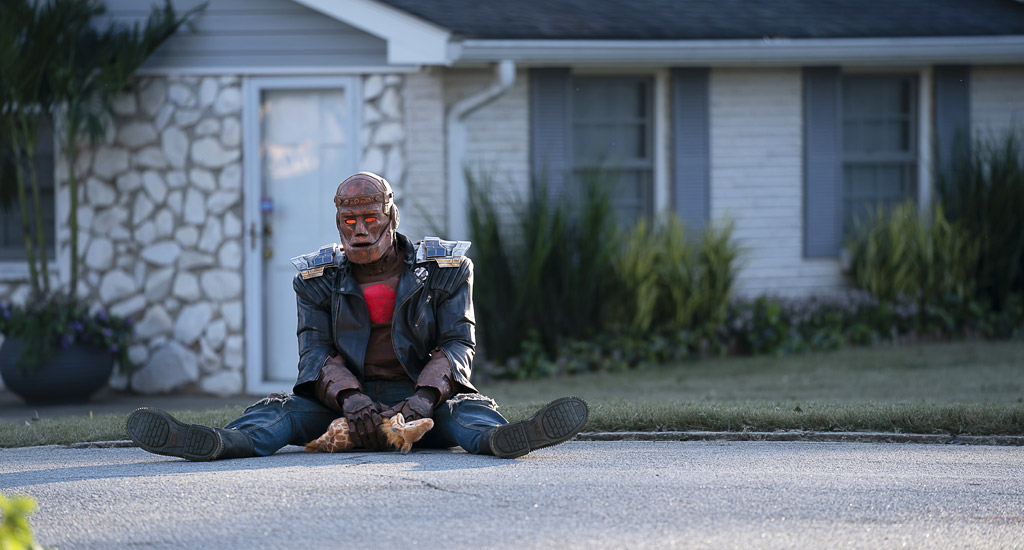
Still, a lot of this disillusion is exorcised through humor. In particular, Brendan Fraser is having an absolute ball while voicing former race-car driver Cliff, who (in mini-form, since the group is shrunken to toy size in the season premiere) works out his rage by dropping enough f-bombs to rival Sam Jackson and beating the hell out of rats. His failingly macho struggles come to a surprisingly poignant place, though, which illustrates the careful, almost precarious balance achieved by the writers. Doom Patrol‘s never afraid to get grubby, and whether its tactics are banal or nuanced, it pushes against political correctness but still strives to land on the right side of history on social issues. That’s the case whether we’re talking about Matt Bomer’s multi-layered portrayal of a gay superhero or Diane Guerrero’s 64-shaded embodiment of mental illness and recovery.
Amid all of the nuance, the show still remembers that comic-book fans want action and entertainment. So, we get some time-travel and, more importantly, some honest-to-god roller skating, and the show pulls out the stops with its adaptation of comic villains (including Red Jack, who fancies himself to be a cross between Jack the Ripper and God) that swirl through the newest episodes. There’s also a reckoning of sorts in the Underground when all of Jane’s personalities decide that a confrontation is in order. Oh yes, we do receive a dose of Karen here.
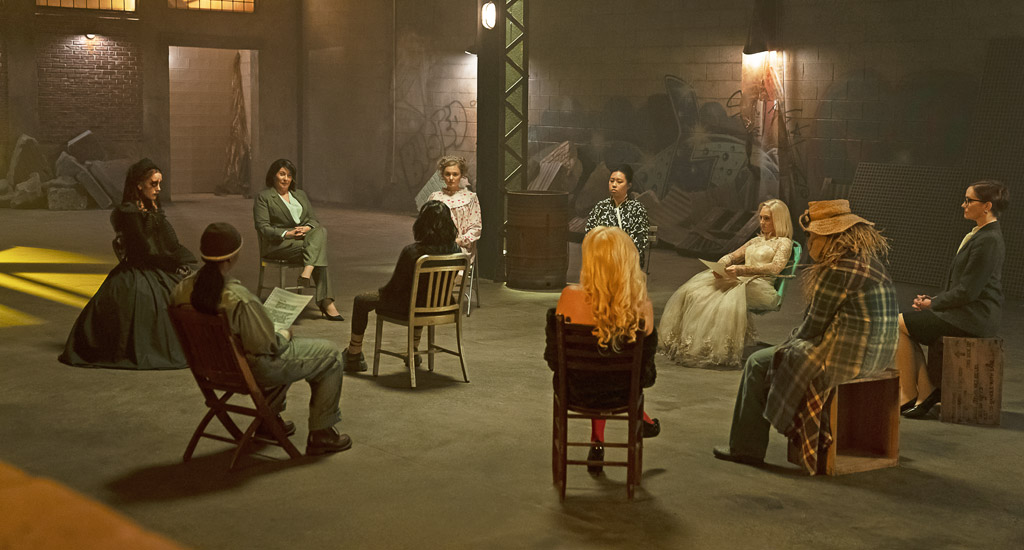
As always, there’s a lot going on with Doom Patrol, which has arguably established itself as the most complex and best superhero series on TV right now (other than Amazon’s The Boys, but that’s more about the dismantling of superhero stories). Here, HBO Max got selective with the DC Universe entries, it seems, and it picked the right one to illuminate. Doom Patrol also accomplishes much of what the current DC movie stable fails to do: feeling fresh and inventive while not shying away from darkness and shadows. This show does so without going “gritty,” and it does not forget that levity is also of the utmost importance.
As this series progresses, those immortal words from Cliff Steele — “I’m not a man. I used to be. I was a different person then. A lesser person” — keep growing more true for these oddball characters. They’re all spawning dimensions, which is literal with Jane, but even Rita’s picking up shades while moving beyond “faded screen siren” and toward getting down to hero-ing. Her developing friendships with Larry and Cyclops bring everything back to these characters finding their way together, and just maybe, becoming a family. We also get to meet the newest group member, Niles’ daughter, Dorothy (Abigail Shapiro), who’s tossing out Wizard Of Oz flavor that isn’t easy to wrap one’s arms around yet. Surely, there’s groundwork being laid here for what materializes later, before the show peeks behind that curtain. In the meantime, it’s time to hop back on the Doom Patrol bus for more of the same raucous ride.
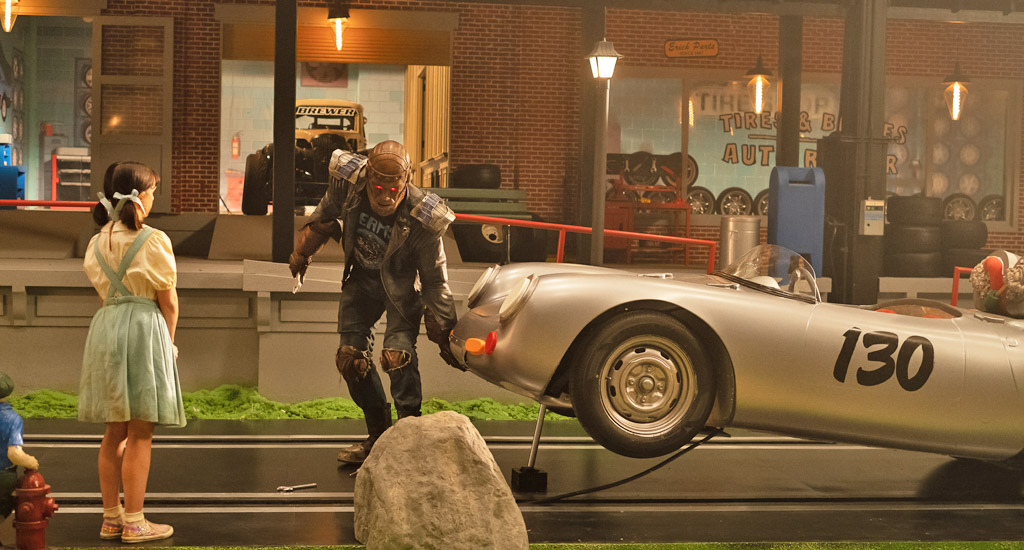
‘Doom Patrol’s second season will drop three episodes on HBO Max on June 25 (with subsequent episodes streaming on a weekly basis).
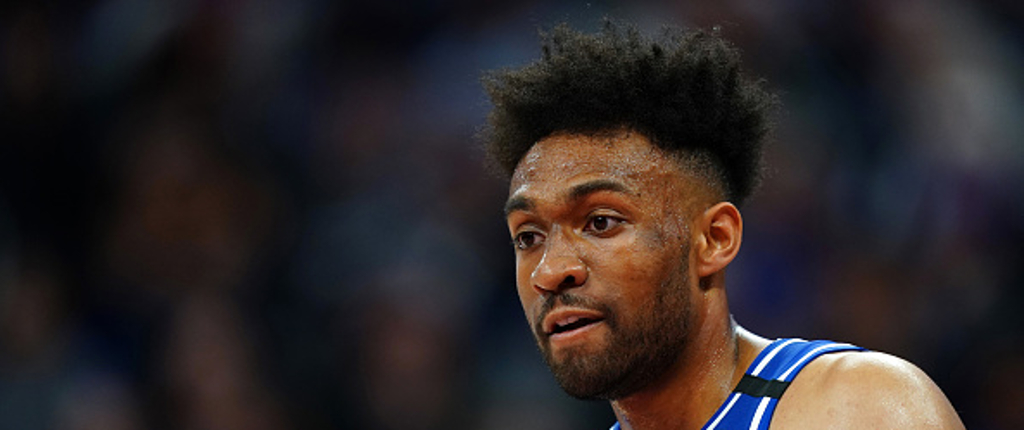
After a more than three-month hiatus amid the global COVID-19 outbreak, the NBA is moving forward with its plan to resume the season at Disney’s Wide World of Sports in Orlando next month. Despite some trepidation among a portion of the players, it appears most eligible players will participate in the bubble league under strict quarantine protocols designed to mitigate the risks.
Only a small handful have announced that they won’t join their teams in Orlando, including Lakers guard Avery Bradley, who is concerned about the health of his son, who suffers from respiratory issues. Others have opted out of playing for a variety of reasons unrelated to the coronavirus concerns.
A couple of players have recently tested positive for COVID-19, though both Nikola Jokic and Malcolm Brogdon plan on traveling to Florida to play out the rest of the season after a period of quarantine. On Wednesday, Kings forward Jabari Parker became the latest to test positive for the virus, although he likewise plans on eventually joining his team in the restart once he is cleared, issuing a statement through the team.
Statement from Jabari Parker: pic.twitter.com/fn0WncpLi8
— Sacramento Kings (@SacramentoKings) June 24, 2020
In recent weeks, players have come together to voice their concerns about the restart, in terms of both safety issues regarding social distancing and the notion that the restart might distract from the Black Lives Matter movement that has gained so much traction in the last month following the murder of George Floyd.
Regardless, the restart is moving forward as planned. While the NBA said Wednesday is the deadline to decide whether they will play in Orlando, with the only repercussion for choosing not to play being a reduction in salary for each game missed, teams are reportedly taking July 1 as the actual final date for decisions to be made.

